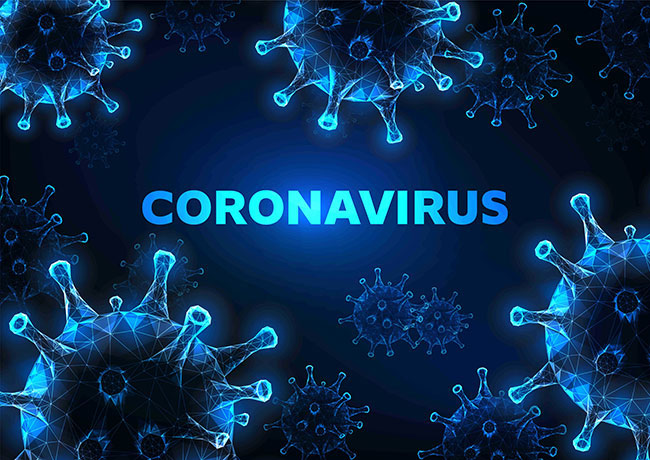
Features
The facts about the novel coronavirus
Advice from the CCOHS on dealing with COVID-19
March 27, 2020 By Canadian Centre for Occupational Health & Safety

It’s not just another flu. COVID-19 has greatly impacted employers across Canada as they join in the effort to minimize the spread of the pandemic while keeping their businesses operational.
People caring for individuals with COVID-19 are at the greatest risk for contracting the disease, such as health care workers and others who work close to their clients or patients. However, all workplaces need to adopt good hygiene practices and practise social distancing in order to help keep staff safe and reduce the potential for infection.
COVID-19 is most commonly spread through respiratory droplets from coughing or sneezing, prolonged personal contact, or touching something with the virus on it followed by touching your mouth, nose or eyes. Symptoms may take up to 14 days to appear after exposure to COVID-19, and can include fever, cough, difficulty breathing, and pneumonia, but others may experience little to no symptoms at all.
Prepare a policy
Have a policy in place that outlines the requirements to follow when people may be sick, or when they are absent because they are caring for others. This policy should indicate how the individual will notify the workplace of his or her situation, and how sick leave time will be managed. Let workers know they can and should stay home if they are not feeling well, or if they have returned from international travel where they may have been exposed. Workplaces must plan for these absences as well as for possible increases and decreases in business, and for changes in how they do their business. Provide cross training for coverage of job duties, and make sure that workers are comfortable performing these added job tasks and responsibilities.
Employers should also stay up to date on the latest situation by monitoring public health agency websites and keep everyone informed of any changes. Instructions from provincial and federal government officials might require flexibility and quick adjustments to your workplace policy.
Develop an infection control plan
In addition to having a policy in place, workplaces can set up an infection control plan that includes providing clean hand washing facilities, or alcohol-based sanitizers when regular facilities are not available, for example, to workers on the road or in an isolated location.
It’s important to keep the inside of company vehicles sanitized, especially for crews that are sharing a vehicle. Areas to pay close attention to include door handles, seats, steering wheels, shifters, any buttons (e.g. temperature controls, radio, GPS touch screens, etc.). Other workplace objects that are touched frequently, including equipment and tools, should be cleaned more often using regular disinfectants or soap and water.
Provide boxes of tissues and disinfectant wipes throughout the workplace. Promote good hygiene practices by displaying awareness posters in areas visible to workers (warehouses, workshops, etc.). Staff should cough and sneeze into their arm or elbow (not their hand) while turning away from other people, and dispose of used tissues and wash their hands right away. Avoid touching eyes, nose or mouth, especially after touching work surfaces such as knobs, switches, tools, and handrails that others have touched. Do not share cups, dishes or cutlery.
Social distancing techniques will also aid in reducing the spread of COVID-19. Allow staff to work from home whenever possible. If workers need to be around each other or with clients, make sure they maintain a distance of at least two arms’ lengths. Other tips to minimize contact with others include the use of e-billing or e-transfers instead of exchanging cash, e-mailing documents (invoices, contracts) instead of distributing paper copies, and avoiding travel to businesses and residences where possible. Remind staff to practice social distancing outside of work, too. Avoid large social gatherings, keep a good distance in public locations such as shops and parks, and do not touch others when greeting or interacting.
If a person has been suspected or identified with an infection, he or she should self-isolate and contact a health provider or local public health authority for next steps. Employers will need to clean that person’s equipment, tools, or shared company vehicle, along with other areas where they have been.
When it comes to the spread of any infection or virus, including COVID-19, maintaining defensive hygiene habits is key to keeping everyone healthy and safe.
Print this page